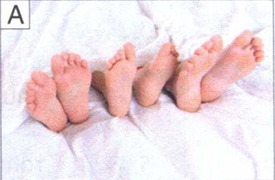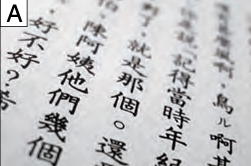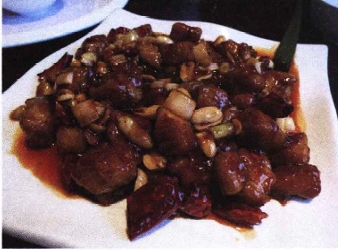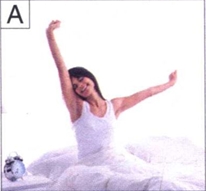排序
HSK 3 Unit 2 When will he come back? B
The e-book, including text, picture, audio and video explanation for HSK 3 Unit 2 When will he come back? 他什么时候回来B
HSK 3 Unit 2 When will he come back? A
The e-book, including text, picture, audio and video explanation for HSK 3 Unit 2 When will he come back? 他什么时候回来A
HSK 3 Unit 1 What’s your plan for the weekend? B
The e-book, including text, picture, audio and video explanation for HSK 3 Unit 1 What’s your plan for the weekend?你周末有什么计划 B
HSK 2 Unit 3 The red one on the left is mine A
The e-book , including text, picture, audio and video explanation for HSK 2 Unit 3 The red one on the left is mine 左边这个红色的是我的A
HSK 1 Unit 6 I can speak Chinese B
The e-book, including text, picture, audio and video explanation for HSK 1 Unit 6 I can speak Chinese 我会说汉语 B
HSK 1 Unit 6 I can speak Chinese A
The e-book, including text, picture, audio and video explanation for HSK 1 Unit 6 I can speak Chinese 我会说汉语 A
HSK 6 lesson 21 future shops A
The e-book, including text, picture, audio and video explanation for HSK 6 lesson 21 future shops 未来商店 A
HSK 5 Lesson 19 Turnip pancakes in my hometown B
The ebook, including text, picture, audio and video explanation for HSK 5 Lesson 19 Turnip pancakes in my hometown 家乡的萝卜饼 B
HSK 5 Lesson 19 Turnip pancakes in my hometown A
the ebook, including text, picture, audio and video explanation for HSK 5 Lesson 19 Turnip pancakes in my hometown A 家乡的萝卜饼
HSK 2 Unit 2 I get up at six everyday A
The ebook, including txt,picture, audio and video explanation for HSK 2 Unit 2 I get up at six everyday A 我每天6点起床














